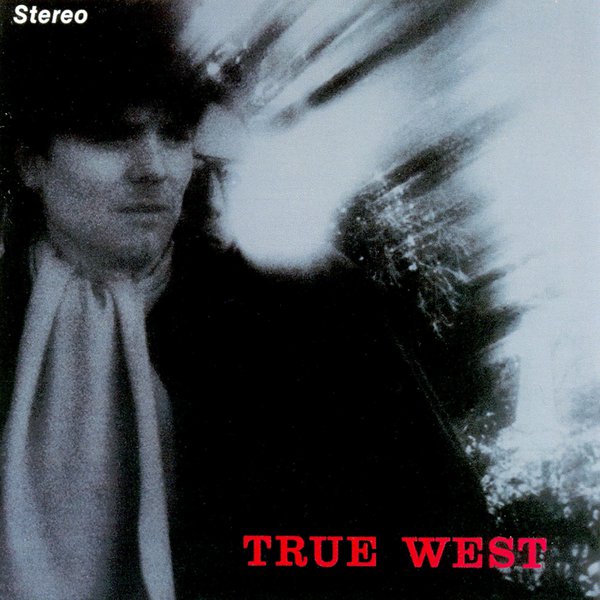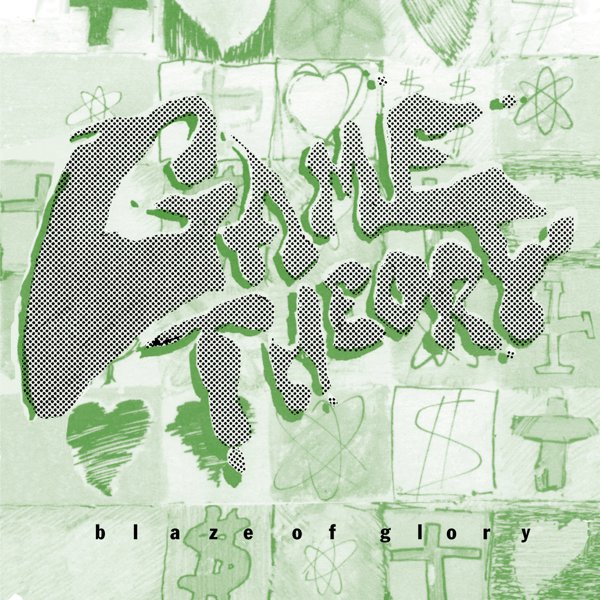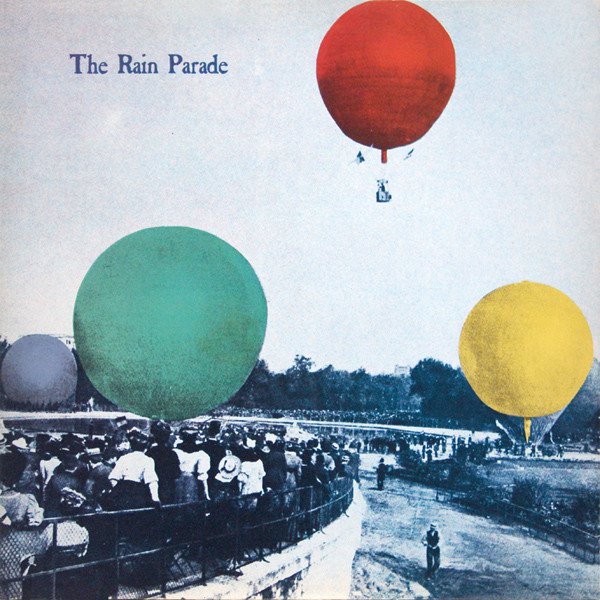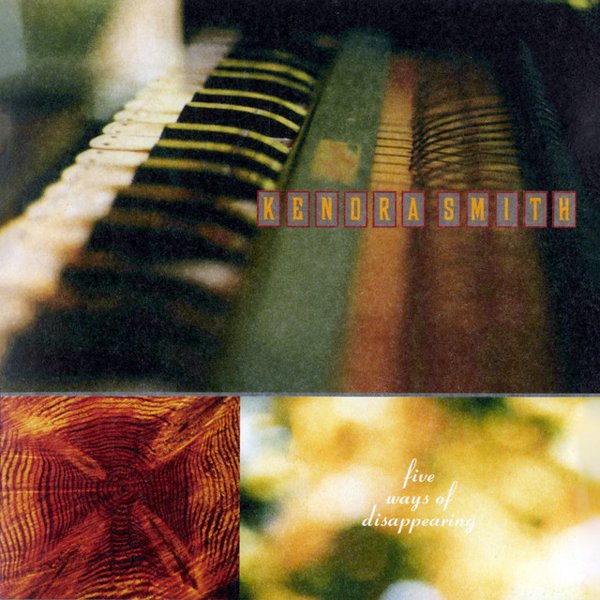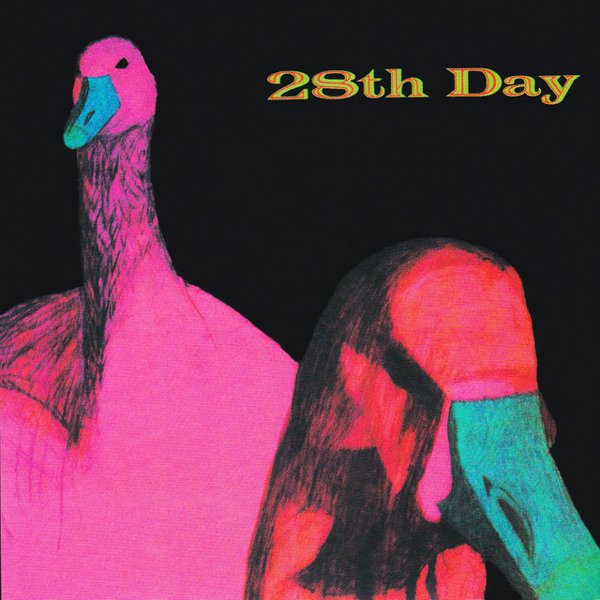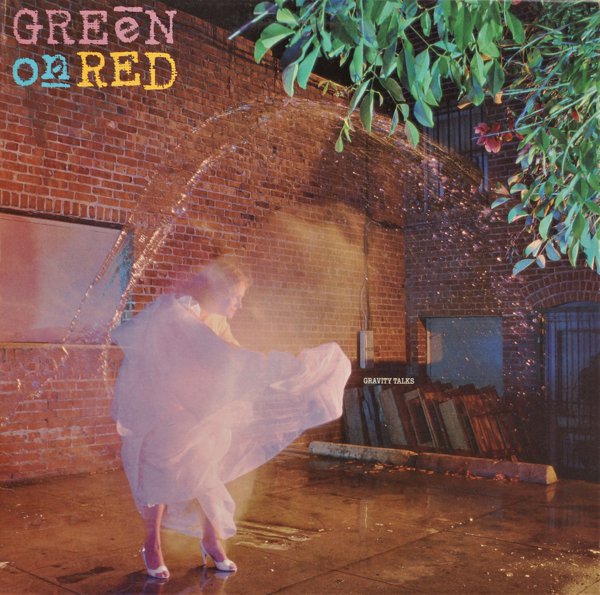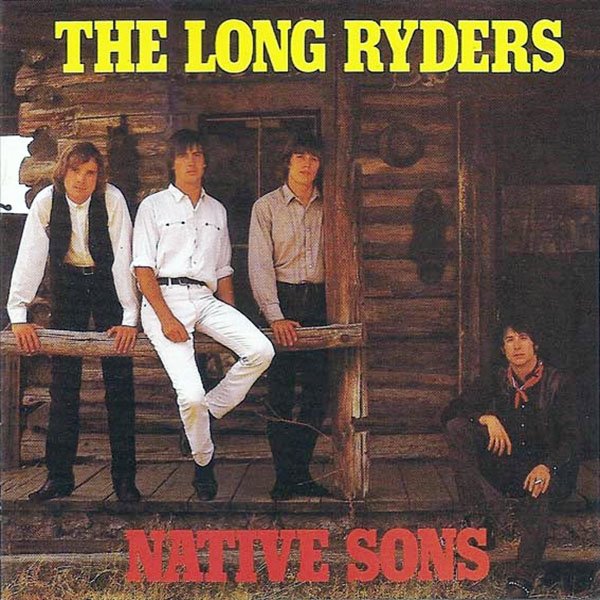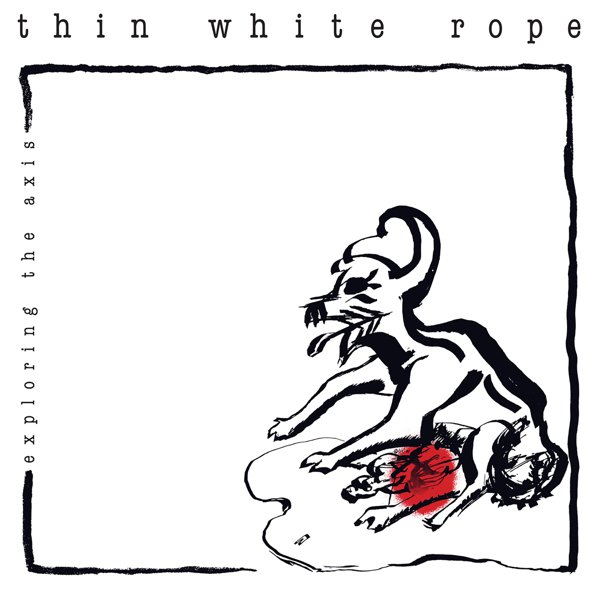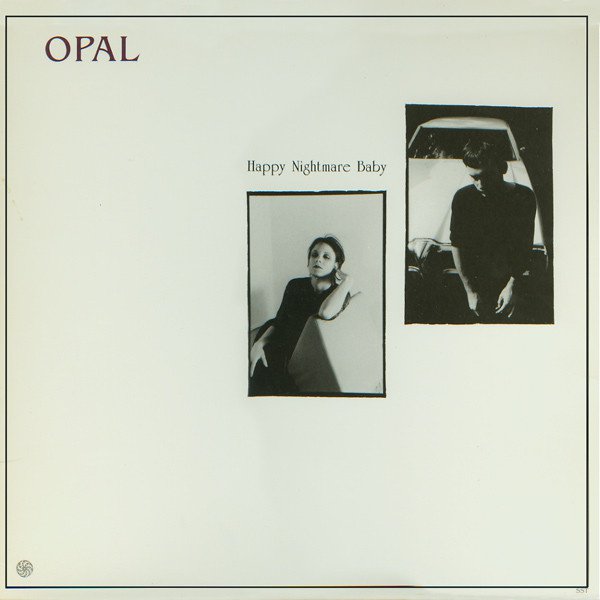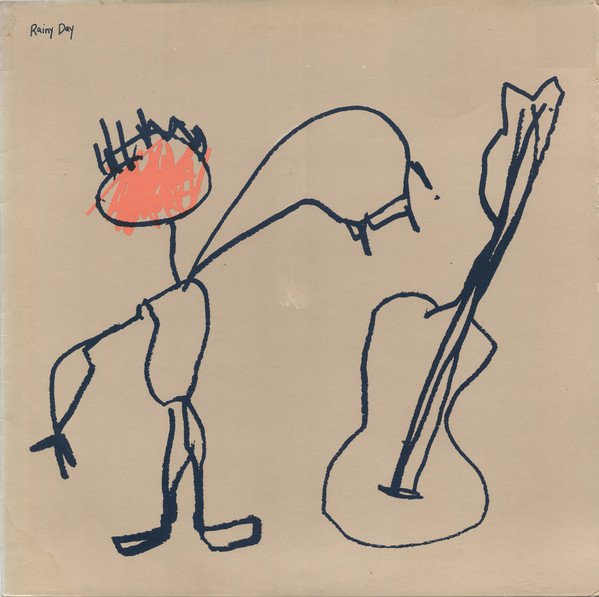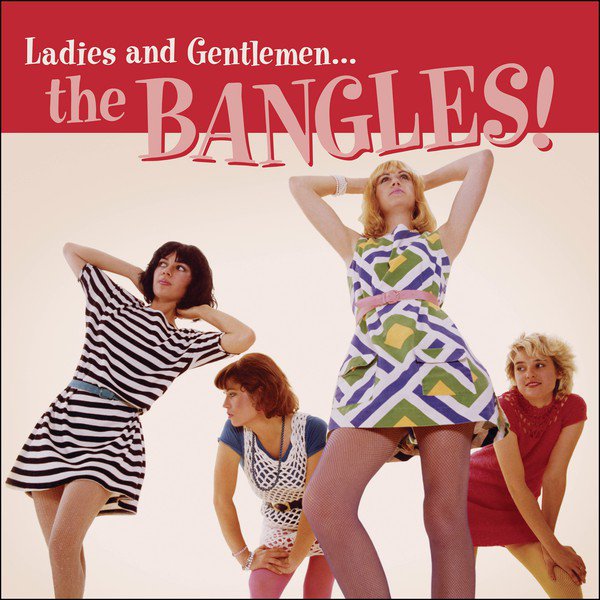It was a phrase from a 1982 jam session by an LA punk band whose bassist Lina Sedillo passed it on to her friend Michael Quercio. But when Quercio — leader of the band the Salvation Army, soon to change their name to the Three O’Clock — used it in an interview a little while later, he inadvertently tagged an ill-defined group of somewhat interrelated California acts, mostly from LA or the Northern California college town Davis, as a scene. Whatever the usefulness or the limitations of the term, the Paisley Underground went on to define a kind of neo-psychedelia for a new decade. Parallel scenes and kindred spirits existed elsewhere in the country and around the world, whether it was the perceived second coming of The Byrds in the shape of R.E.M., the rich flow of acts from the UK like XTC, Echo & the Bunnymen and Julian Cope, or The Church’s own remarkable career starting at home in Australia. But the Paisley Underground, in its mix-and-match of everything from 60s AM radio hits to shadowy Velvet Underground worship to garage rock rave-ups and more, left a collective impact.
Perhaps no Paisley Underground band accelerated more quickly from making noise with friends to massive commercial hits than the Bangles, and while another lover of the 1960s, Prince, gave them “Manic Monday,” he cemented his own connection to the scene by later signing the Three O’Clock to his own Paisley Park label. Meantime, while the initial lineup of The Dream Syndicate only lasted for one album, it spawned any number of bands and acts on its own. The UK gave some music press love to a few of the rootsier acts like Green on Red and The Long Ryders, while Thin White Rope eventually gained legend status for its run of albums and fierce live shows. But it was the course of David Roback’s art and life that showed what the scene, whatever it was, could be: co-founding Rain Parade, jamming with a slew of fellow travellers as Rainy Day, starting another act, Opal, with Dream Syndicate vet Kendra Smith and then, after Smith left, working with Hope Sandoval to create Mazzy Star. The hushed tones and wistful dreaminess of so many acts since aiming to create a “Fade Into You” of their own may just be the Paisley Underground’s deepest legacy.

